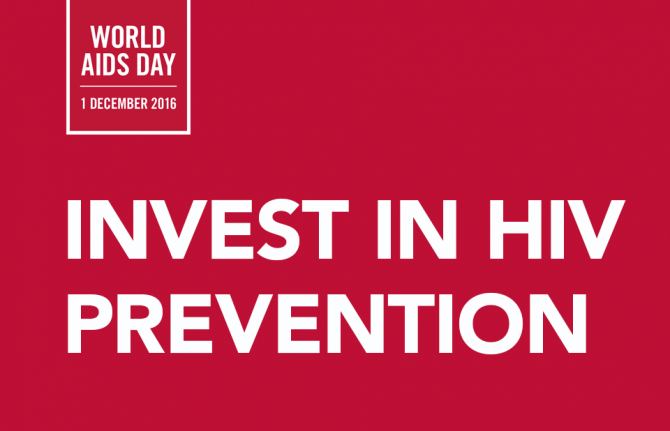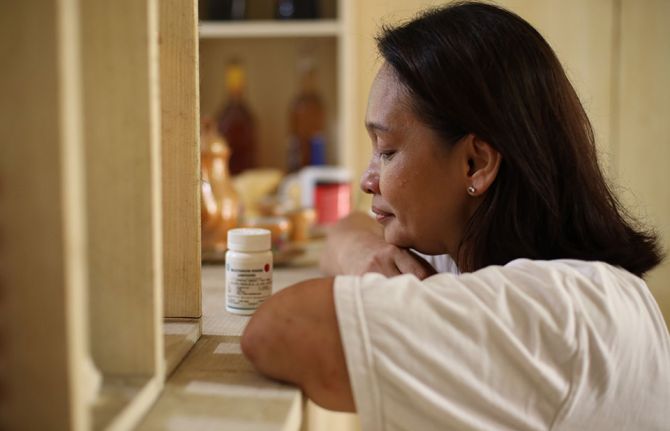

Update
Investment in effective prevention
28 November 2016
28 November 2016 28 November 2016Strengthened global political commitment to HIV prevention must be followed by strengthened financial commitment. The successes of the global AIDS response to date have been fuelled by extraordinary investment. The total amount of financial resources for AIDS responses in low- and middle-income countries reached an estimated US$ 19 billion in 2015, double the amount of resources available in 2006. However, international funding for in-country services in 2015 declined for the second year in a row to US$ 8.2 billion—a 7% reduction from the US$ 8.7 billion in 2014. Public and private domestic investment increased by US$ 0.4 billion over the same period, resulting in approximately similar total resource availability in 2014 and 2015.
Available data show that investments in HIV prevention have slightly increased over time in a number of countries. However, more rapid increases in expenditures for HIV treatment translate to a declining trend in the percentage of total resources dedicated for a wide range of prevention services, including the prevention of mother-to-child transmission, reaching about 20% in recent years—short of the commitment made within the 2016 Political Declaration on HIV and AIDS to ensure that financial resources for HIV prevention are adequate and constitute no less than a quarter of AIDS spending globally.



